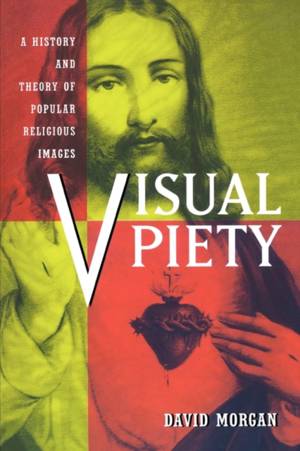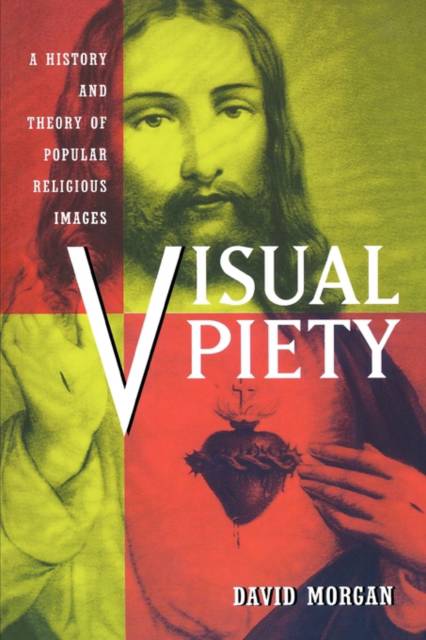
Je cadeautjes zeker op tijd in huis hebben voor de feestdagen? Kom langs in onze winkels en vind het perfecte geschenk!
- Afhalen na 1 uur in een winkel met voorraad
- Gratis thuislevering in België vanaf € 30
- Ruim aanbod met 7 miljoen producten
Je cadeautjes zeker op tijd in huis hebben voor de feestdagen? Kom langs in onze winkels en vind het perfecte geschenk!
- Afhalen na 1 uur in een winkel met voorraad
- Gratis thuislevering in België vanaf € 30
- Ruim aanbod met 7 miljoen producten
Zoeken
€ 54,45
+ 108 punten
Omschrijving
This fascinating study of devotional images traces their historical links to important strains of American culture. David Morgan demonstrates how popular visual images--from Warner Sallman's "Head of Christ" to velvet renditions of DaVinci's "Last Supper" to illustrations on prayer cards--have assumed central roles in contemporary American lives and communities.
Morgan's history of popular religious images ranges from the late Middle Ages to the present day and analyzes what he calls "visual piety," or the belief that images convey. Rather than isolating popular icons from their social contexts or regarding them as merely illustrative of theological ideas, Morgan situates both Protestant and Catholic art within the domain of devotional practice, ritual, personal narrative, and the sacred space of the home. In addition, he examines how popular icons have been rooted in social concerns ranging from control of human passions to notions of gender, creedal orthodoxy, and friendship. Also discussed is the coupling of images with texts in the attempt to control meanings and to establish markers for one's community and belief. Drawing from the fields of music, sociology, theology, philosophy, psychology, and aesthetics, Visual Piety is the first book to bring to specialist and lay reader alike an understanding of religious imagery's place in the social formation and maintenance of everyday American life.
Morgan's history of popular religious images ranges from the late Middle Ages to the present day and analyzes what he calls "visual piety," or the belief that images convey. Rather than isolating popular icons from their social contexts or regarding them as merely illustrative of theological ideas, Morgan situates both Protestant and Catholic art within the domain of devotional practice, ritual, personal narrative, and the sacred space of the home. In addition, he examines how popular icons have been rooted in social concerns ranging from control of human passions to notions of gender, creedal orthodoxy, and friendship. Also discussed is the coupling of images with texts in the attempt to control meanings and to establish markers for one's community and belief. Drawing from the fields of music, sociology, theology, philosophy, psychology, and aesthetics, Visual Piety is the first book to bring to specialist and lay reader alike an understanding of religious imagery's place in the social formation and maintenance of everyday American life.
Specificaties
Betrokkenen
- Auteur(s):
- Uitgeverij:
Inhoud
- Aantal bladzijden:
- 283
- Taal:
- Engels
Eigenschappen
- Productcode (EAN):
- 9780520219328
- Verschijningsdatum:
- 25/09/1999
- Uitvoering:
- Paperback
- Formaat:
- Trade paperback (VS)
- Afmetingen:
- 153 mm x 228 mm
- Gewicht:
- 458 g

Alleen bij Standaard Boekhandel
+ 108 punten op je klantenkaart van Standaard Boekhandel
Beoordelingen
We publiceren alleen reviews die voldoen aan de voorwaarden voor reviews. Bekijk onze voorwaarden voor reviews.









